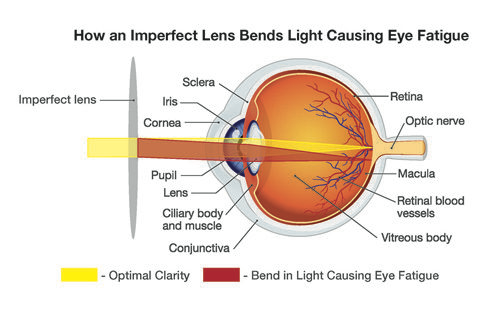0
0
Items Seleceted

Photochromic lenses, also known as transition lenses, are designed to darken in response to UV light and then fade back to clear when the light source is removed.
These lenses contain special photochromic molecules that react to UV light, causing the lenses to darken in bright sunlight and then return to their clear state indoors or in low-light conditions. Photochromic lenses are available in a variety of materials, including polycarbonate and
high-index plastic, and can be customized to suit individual needs and prescriptions. They provide a convenient and versatile solution for people who want prescription eyewear that can adapt to changing lighting conditions while providing UV protection for their eyes.
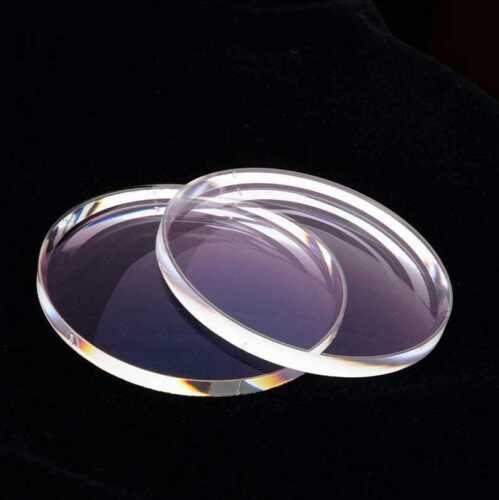
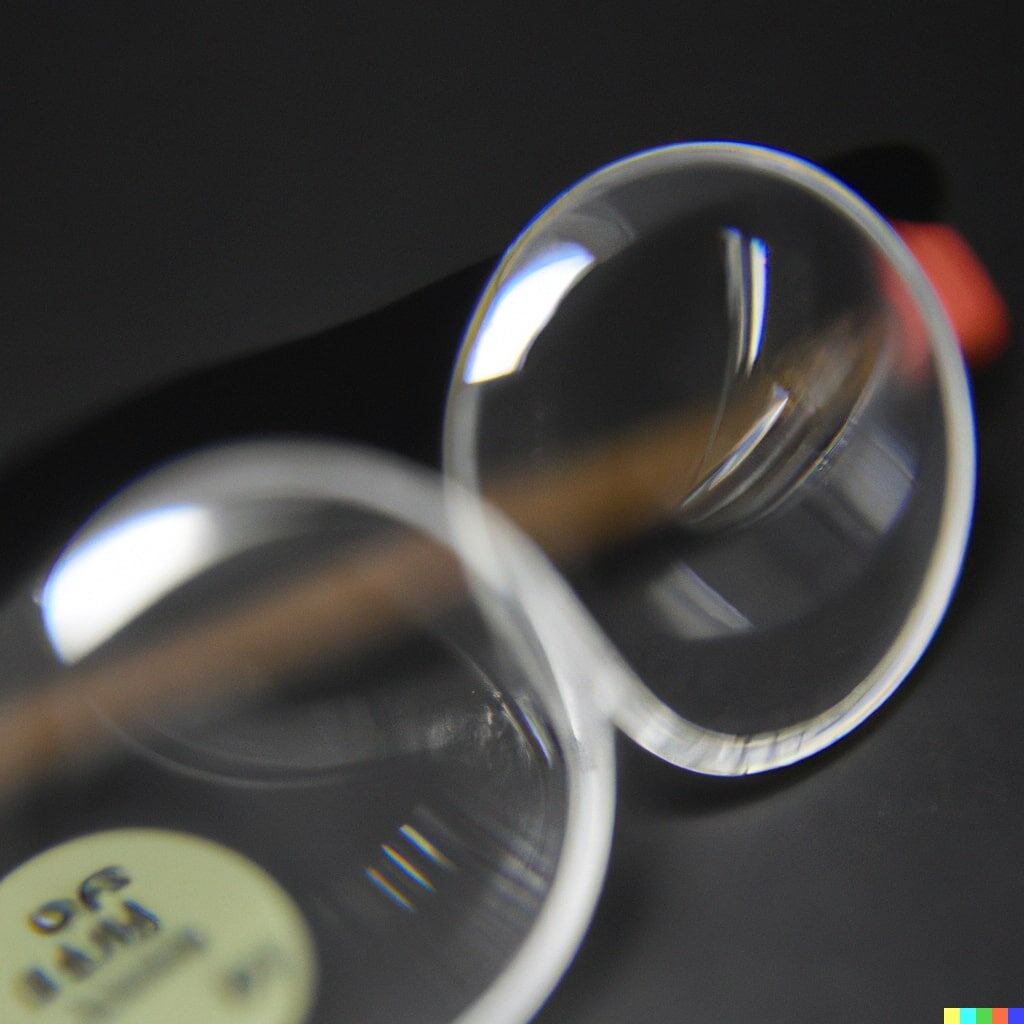
Fibre lenses, also known as thin and light lenses, are prescription lenses made from a high-index plastic material that is thinner and lighter than traditional glass or plastic lenses. This type of lens material allows for a more comfortable and attractive lens that can reduce the weight and thickness of eyeglasses.
Fibre lenses are particularly useful for people with high prescriptions, as they can provide superior optical clarity without the bulk and weight of traditional lenses. They also have the added benefit of being more durable and scratch-resistant than traditional lenses.
In addition, fibre lenses can be used to create specialised lenses for certain types of vision problems, such as astigmatism or presbyopia. These lenses can be custom-made to fit the unique needs of each individual patient.
Overall, fibre lenses offer a number of advantages over traditional lens materials, making them a popular choice for prescription lenses.
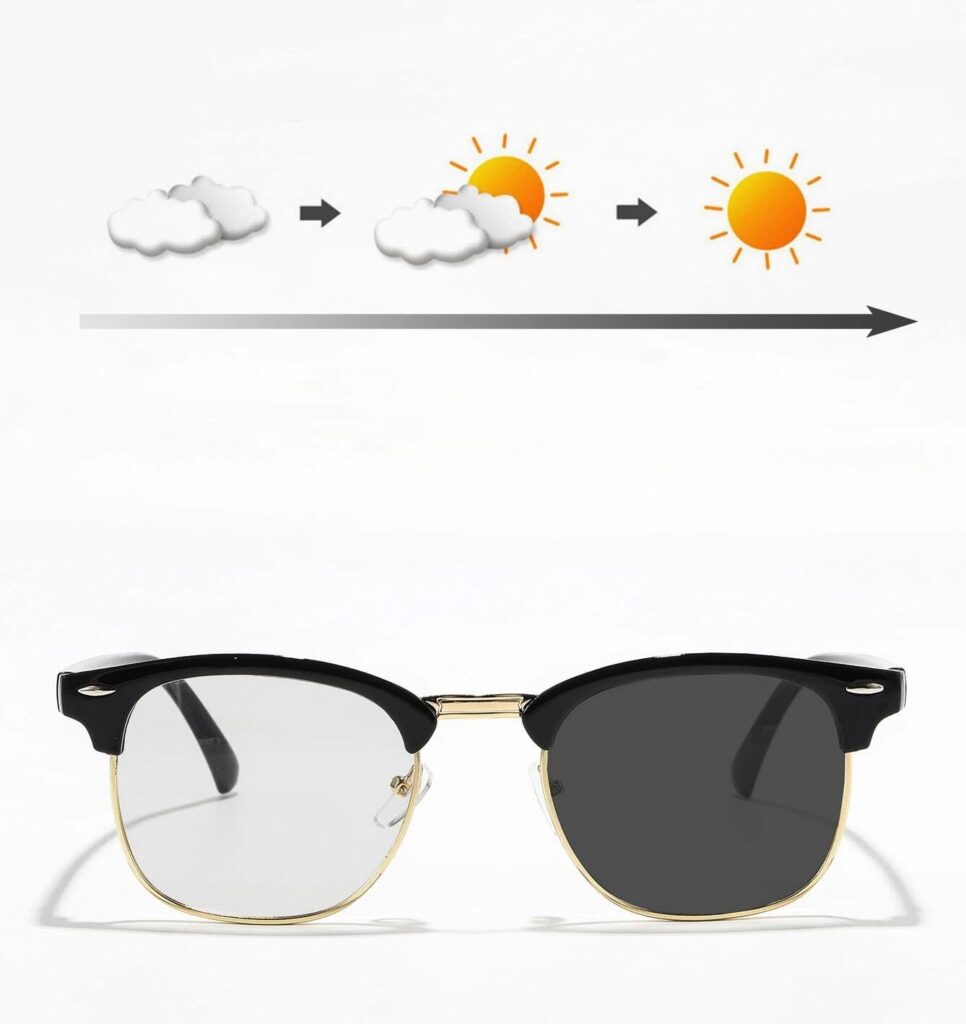

Dark grey tint on darkening in sunlight prescription lenses, also known as polarized lenses, are designed to reduce glare and provide clearer vision in bright sunlight. These lenses contain a special filter that blocks out light waves that cause glare, making them an ideal choice for people who spend a lot of time outdoors or driving. When exposed to bright sunlight, the lenses darken to reduce the amount of light entering the eye, providing better comfort and visibility. Dark grey tint on darkening in sunlight prescription lenses are available in a variety of materials and can be customized to suit individual needs and prescriptions. Overall, they are an excellent choice for people seeking comfortable and practical eyewear that can protect their eyes from harmful UV rays while reducing glare.

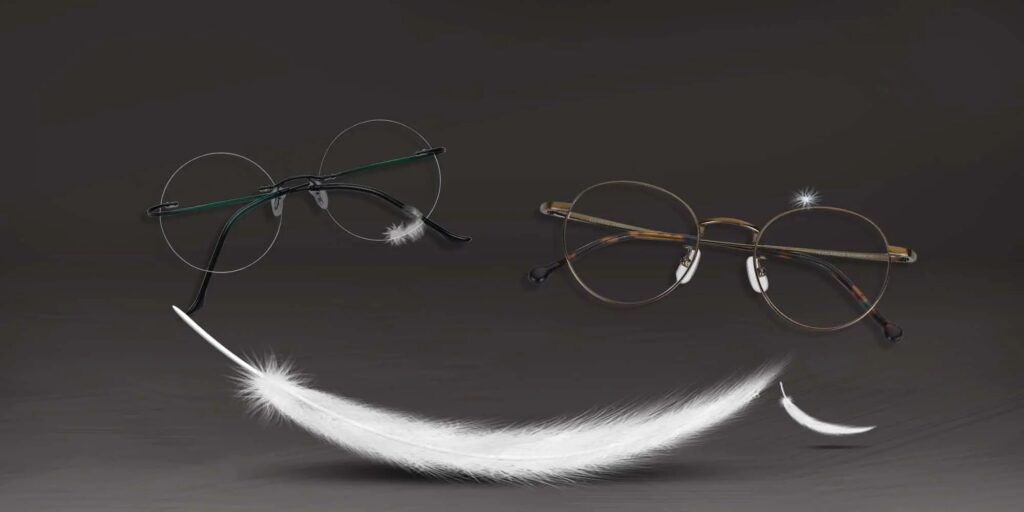
98% transmission prescription lenses refer to a type of eyeglass lenses that allow a very high percentage of visible light to pass through them, up to 98% of the light. These lenses are designed to provide maximum clarity and brightness in low-light conditions, such as when driving at night or in dimly lit indoor settings.When wearing 98% transmission prescription lenses, the wearer should experience improved visual acuity and reduced eye strain in low-light conditions.
These lenses can provide a clear, crisp view of the surroundings, making it easier to see objects and navigate in dark environments.

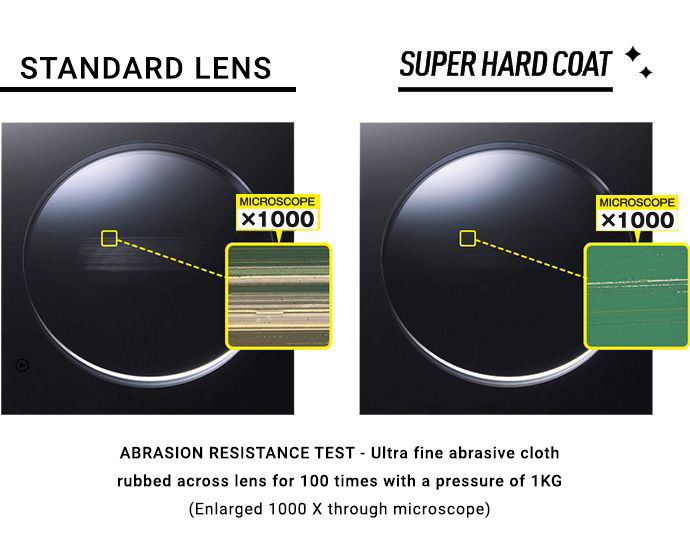
Smooth hard multi-coating prescription lenses are eyeglass lenses that have a durable, scratch-resistant coating applied to the surface. This coating is designed to reduce glare, improve visual clarity, and provide added protection against scratches, smudges, and other types of damage that can occur during daily use.


Harmful blue light protection lenses, also known as blue light blocking lenses, are prescription lenses designed to protect the eyes from the negative effects of blue light. Blue light is a type of high-energy visible (HEV) light emitted by digital screens, LED lighting, and the sun, and overexposure can lead to eyestrain, headaches, and even long-term vision problems.
These lenses are designed to filter out blue light, reducing the amount of blue light that reaches the eyes. Harmful blue light protection lenses can be particularly helpful for people who spend a lot of time in front of digital screens, such as computer or smartphone users, as well as those who work in environments with a lot of LED lighting.
Harmful blue light protection lenses can be added to a variety of prescription lenses, including single vision, bifocal, and progressive lenses. They are available in a range of tints and coatings, so patients can choose the level of protection that best suits their needs. Overall, harmful blue light protection lenses provide an additional layer of protection for the eyes and can help reduce the negative effects of blue light on vision and eye health.
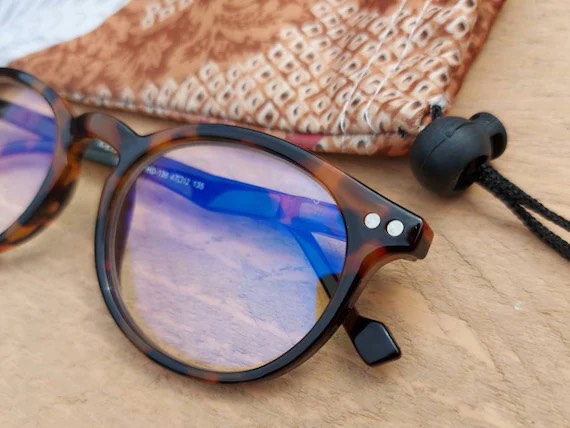
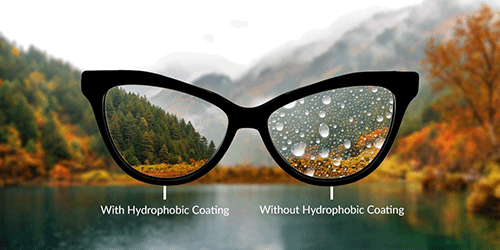
UV (ultraviolet) rays protection prescription lenses are eyeglass lenses that are designed to provide additional protection against harmful UV radiation from the sun. Prolonged exposure to UV rays can cause a range of eye problems, including cataracts, macular degeneration, and even temporary vision loss. UV protection prescription lenses are made with special materials that can block or absorb UV radiation, preventing it from entering the eyes. These lenses can be made with varying levels of UV protection, ranging from basic UV blocking to more advanced coatings that provide full- spectrum protection. Wearing UV protection prescription lenses is an important step in maintaining long-term eye health and preventing the development of serious eye conditions.
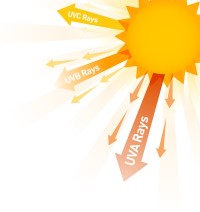

Anti-fatigue effect protection and vision correction prescription lenses are designed to reduce eye strain, improve visual acuity and enhance visual comfort during prolonged computer use or other visually demanding tasks. These lenses incorporate innovative technologies such as blue light filters and anti-reflective coatings that help reduce glare and block harmful blue light emitted by digital devices. They also provide vision correction for patients with refractive errors such as nearsightedness, farsightedness, and astigmatism. By providing sharper, clearer, and more comfortable vision, these lenses can help reduce eye fatigue and improve overall productivity, making them an ideal choice for anyone who spends extended periods of time using digital devices.
